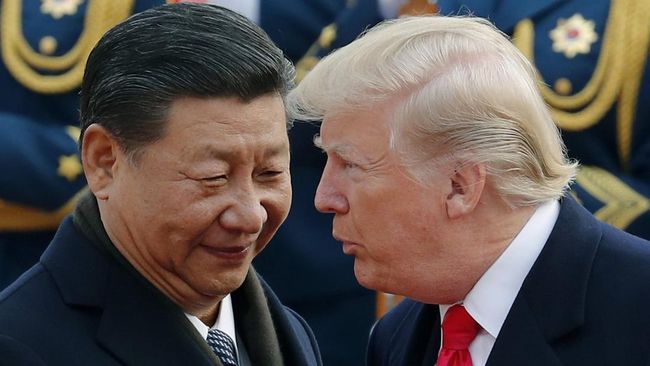The global trade stage is once again in turmoil. Former U.S. President Donald Trump’s controversial tariff policies continue to send ripple effects across global markets—even years after implementation. Now, the latest casualty appears to be China, as the Asian giant steps back from certain trade dynamics due to mounting pressure.
A New Casualty of an Old Strategy
Although the Trump administration ended years ago, the tariff legacy lives on. With several tariffs still intact, many industries are grappling with long-term consequences. Recent reports suggest that China is scaling down its presence in some key trade sectors, particularly where U.S. tariffs remain high or unpredictable.
For instance, Chinese exports in technology and manufacturing components to the U.S. have dropped significantly, causing supply chain reroutes and forcing Beijing to reconsider its strategies.
Rising Costs and Market Disruption
It’s no surprise that tariffs inflate prices. Businesses in both China and the U.S. are experiencing higher production costs due to raw material and import-export barriers. As a result, Chinese firms are reportedly pivoting to alternative markets in Asia, Africa, and South America to reduce reliance on the American consumer base.
Meanwhile, U.S. companies that once relied heavily on Chinese goods are now sourcing from Vietnam, India, and Mexico—a shift driven directly by Trump-era duties.
Economic Blowback Hits Both Sides
However, this trade rift isn’t one-sided. The United States, despite its intention to protect domestic industries, also faces economic blowback. Analysts note that American consumers are paying more for electronics, clothing, and household items, many of which were once imported from China at competitive rates.
Small businesses, in particular, are feeling the crunch as they struggle to maintain price margins while absorbing higher costs. Consumer confidence dips, inflation rises, and supply chain uncertainties grow—creating an unstable post-pandemic recovery environment.
China’s Strategic Retreat: Realignment in Progress
In response, China seems to be adopting a “step aside and recalibrate” strategy. While not a complete retreat, Chinese policymakers are reducing exposure in sectors most affected by U.S. tariffs. Instead, they are investing more in domestic innovation, self-sufficiency, and intra-Asian trade.
Moreover, the Belt and Road Initiative has gained renewed attention as China seeks to solidify trade routes and partnerships outside of Western influence. This move signals a major geopolitical pivot, one that might reshape the global trade order over the coming years.
Conclusion: Long-Term Effects Still Unfolding
Trump’s tariffs have undoubtedly caused significant and lasting disruption. What once seemed like a temporary trade war tactic has become a defining feature of U.S.-China economic relations. As China cautiously steps back and reshapes its strategy, the rest of the world watches closely.
Will this lead to a more balanced global economy or simply open new fronts in the ongoing trade war? Time will tell. But for now, one thing is clear—Trump’s tariff bomb continues to detonate, and its shockwaves are far from over.








